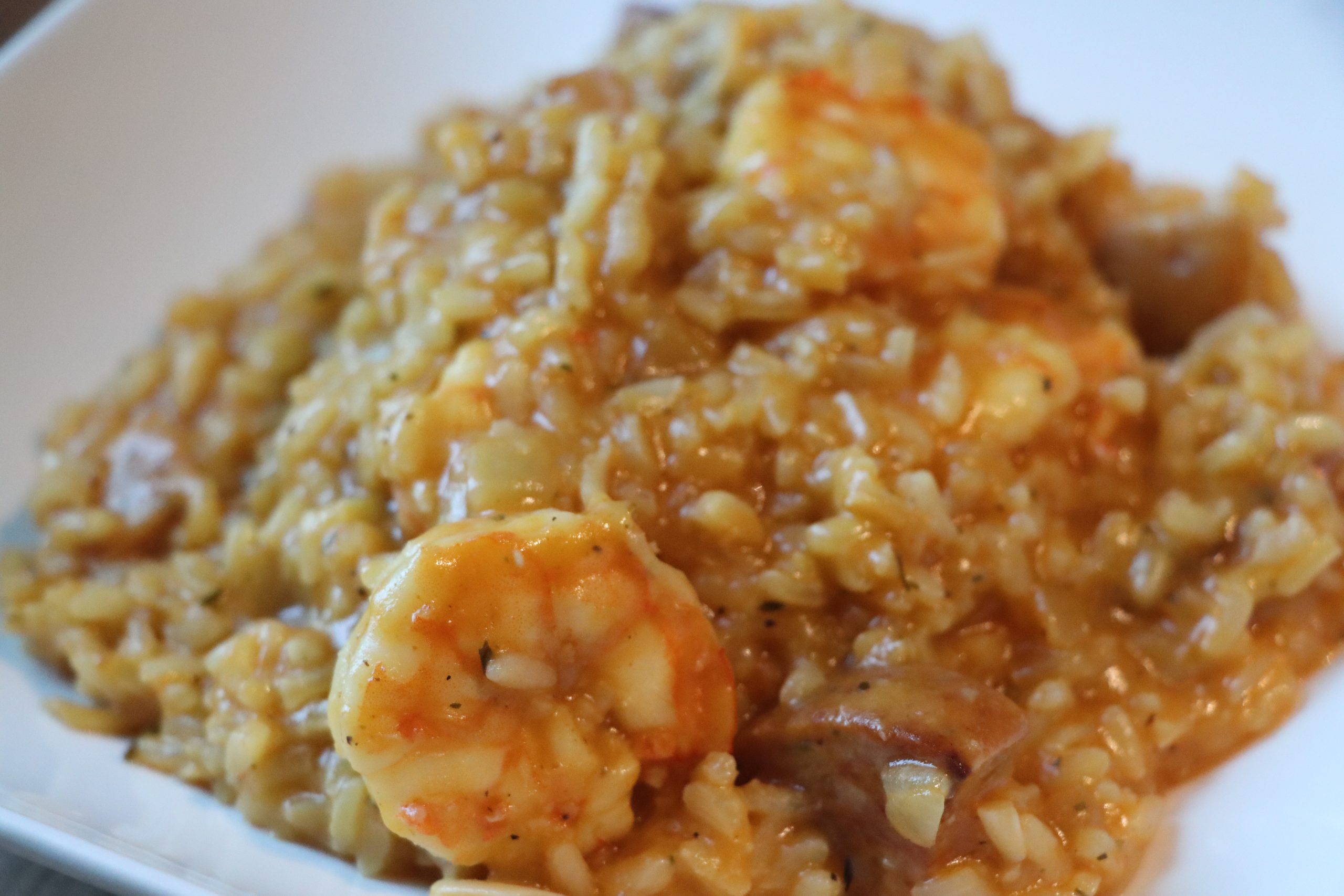Cajun Risotto
If I were to choose an American cuisine that has had the most profound influence on Chinese culinary culture, it would undoubtedly be Cajun food, representing the state of Louisiana. The creation and spread of Cajun cuisine showcase the culinary creativity in North America as a cultural melting pot. It demonstrates that food can cross cultural boundaries and people can create new and delicious dishes by blending various culinary traditions.
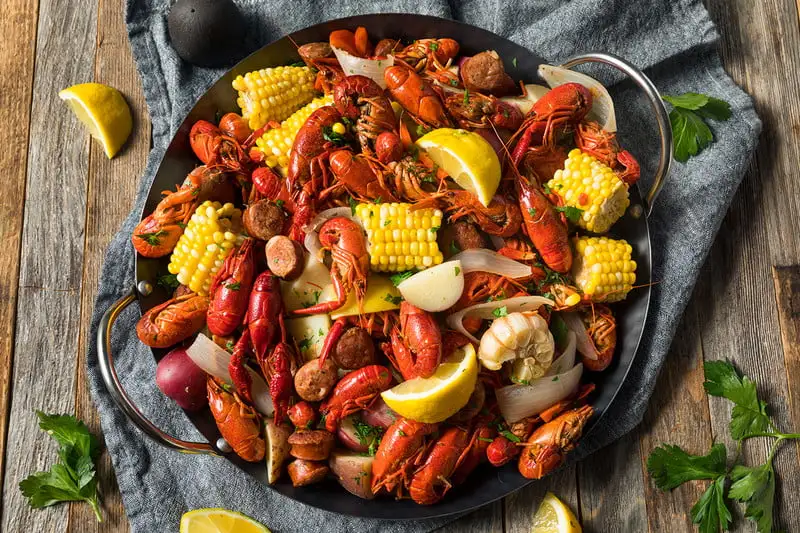
The origins of Cajun cuisine can be traced back to French immigrants who were expelled from Canada by the British. In the mid-18th century, most of the areas east of the Mississippi River, were claimed by either the British or the French. Meanwhile, vast regions in these areas were ruled by Native American tribes. The period from 1754 to 1763 witnessed territorial disputes between France, Britain, and Native American tribes, known as the French and Indian War. Since France was defeated in this war, many French immigrants who originally resided in Canada were driven to the French colony of Louisiana by the British. However, when these French immigrants arrived in Louisiana, they found that France, in an effort to alleviate its financial burden, ceded Louisiana to Spain in 1762 through the Treaty of Fontainebleau. So, both the natural environment and the cultural environment of Louisiana were extremely unfamiliar to the French immigrants who had been expelled at that time.
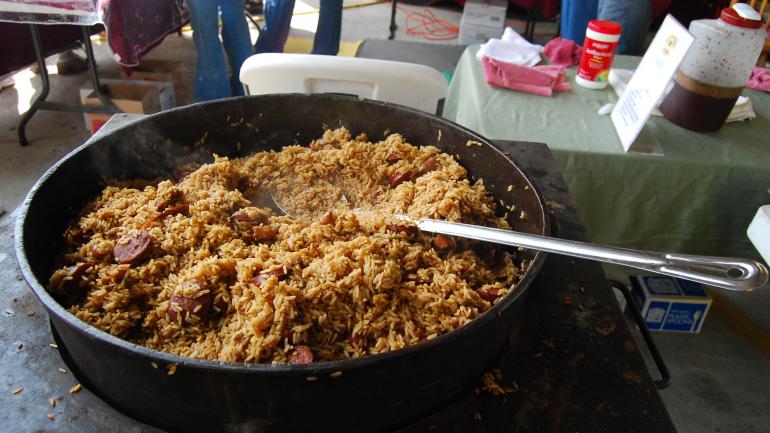
After relocating from the cold, dry climate of Canada to the warm, humid environment of Louisiana, French immigrants found that their traditional French cuisine were not suitable for the new climate and ingredients. They had to adapt to their surroundings, which led to the creation of Cajun cuisine. Throughout its evolution, Cajun cuisine gradually absorbed culinary influences from Spain, West Africa, and Native American traditions. Notably, Cajun cuisine extensively uses chili powder, which has its roots in Spanish and Latin American cuisines. Spanish colonists introduced chili peppers to the Americas, significantly impacting Cajun cuisine. Another example is okra, a vegetable originally from Africa and commonly used in West African cuisine. In Cajun cuisine, okra plays a crucial role in dishes like Gumbo, where it adds thickness and a unique texture to the soup. This characteristic was inspired by West African culinary practices, where okra is frequently used to prepare soups, stews, and sauces. Crawfish and corn are traditional foods of Native Americans, and they are key ingredients in Cajun cuisine, especially in dishes like Cajun Crawfish. This reflects the influence of Native American culinary culture on Cajun cuisine.
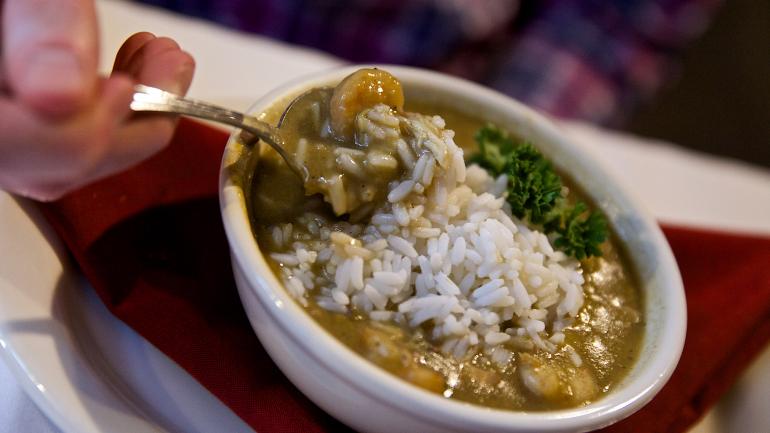
As Louisiana joined the United States in 1812, becoming the 18th state, Cajun cuisine gradually became a part of American culinary culture. With the global spread of American culture, Cajun cuisine, inspired by various culinary traditions, also made its way to different parts of the world. Even in distant China, Cajun cuisine has added a unique flavor to Chinese dining tables. Crawfish, in particular, has become a common street food in China. Cajun seasoning, known as “New Orleans seasoning” when introduced by KFC in China, is adapted to local tastes by reducing salt and adding sugar, a notable departure from the usual American practice of increasing salt and reducing sugar when introducing American dishes to China. New Orleans-style chicken wings have also become a popular snack in China.

The development and spread of Cajun cuisine are the results of cultural exchange, exemplifying the essence of such exchanges. The exchange of food traditions, seasoning methods, and cooking techniques between different cultures has led to the creation of new culinary delights. Cajun cuisine's innovation is also evident in its ability to adapt to local ingredients and create unique flavors. In homage to the innovative spirit of Cajun cuisine, I will share a recipe that is more suitable for European local ingredients, adapting Jambalaya from Cajun cuisine into a Cajun Risotto.
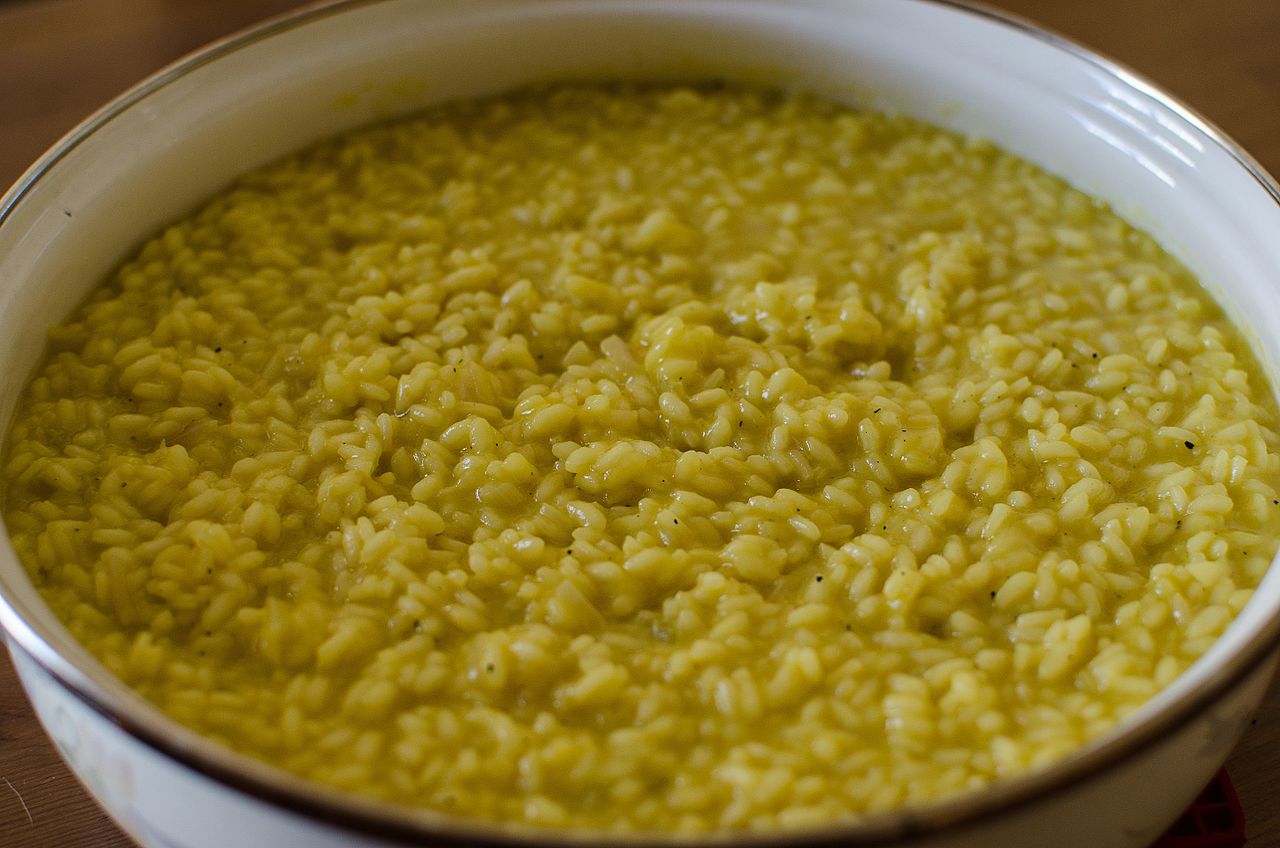
- Ingredients: 250g short-grain rice, 300g fresh shrimp, 2 onions, 4 pieces of garlic, concentrated tomato paste, Cajun seasoning, olive oil, salt, black pepper.
- Optional ingredients: 1 spicy sausage, white wine, butter, Parmesan cheese, smoked paprika, ginger powder, thyme, rosemary, basil, parsley, saffron.
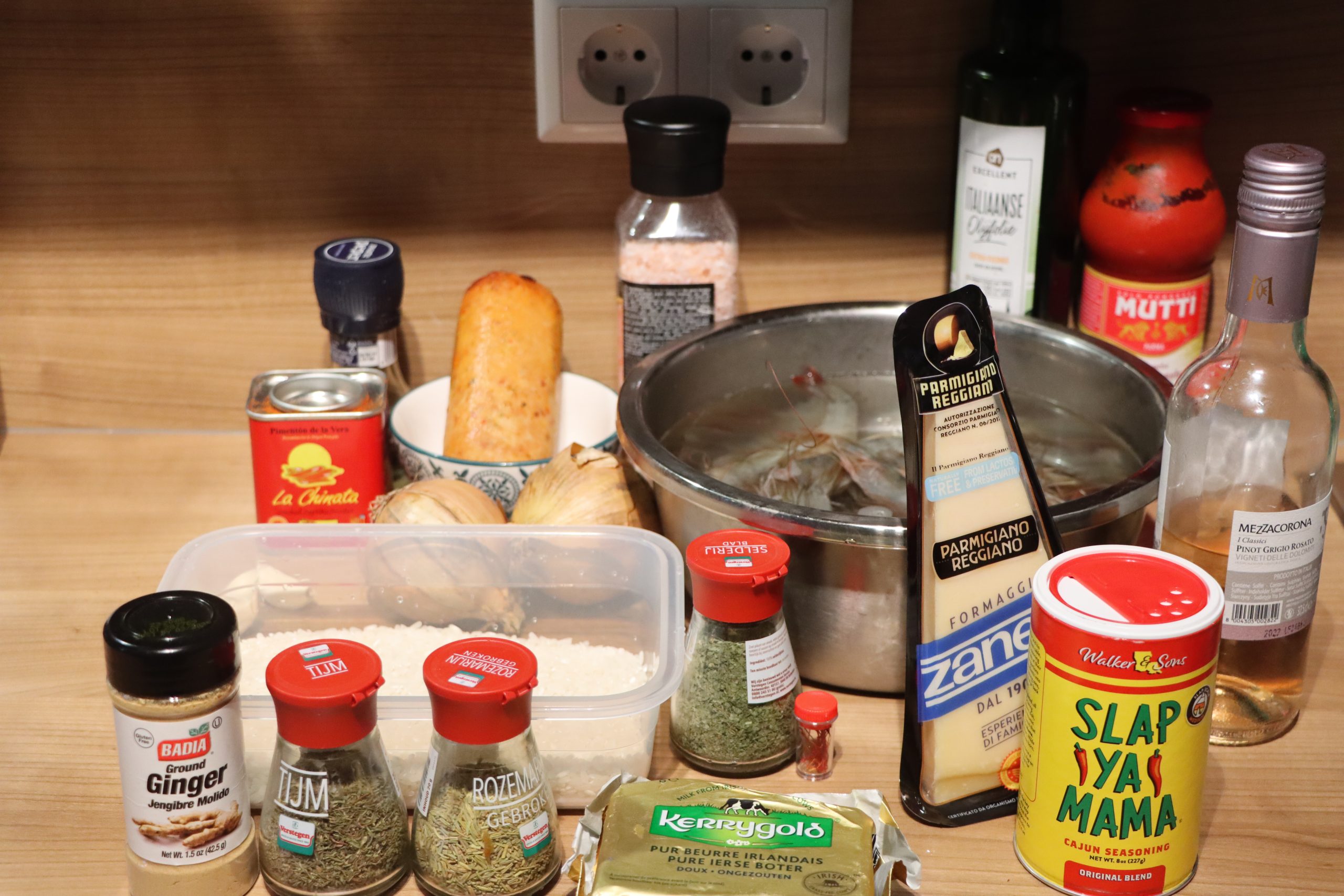
- Preparing the shrimp: Peel the shrimp. Marinate the shrimp with white wine (or substitute with water), olive oil, and Cajun seasoning. Keep the shrimp shells and heads.
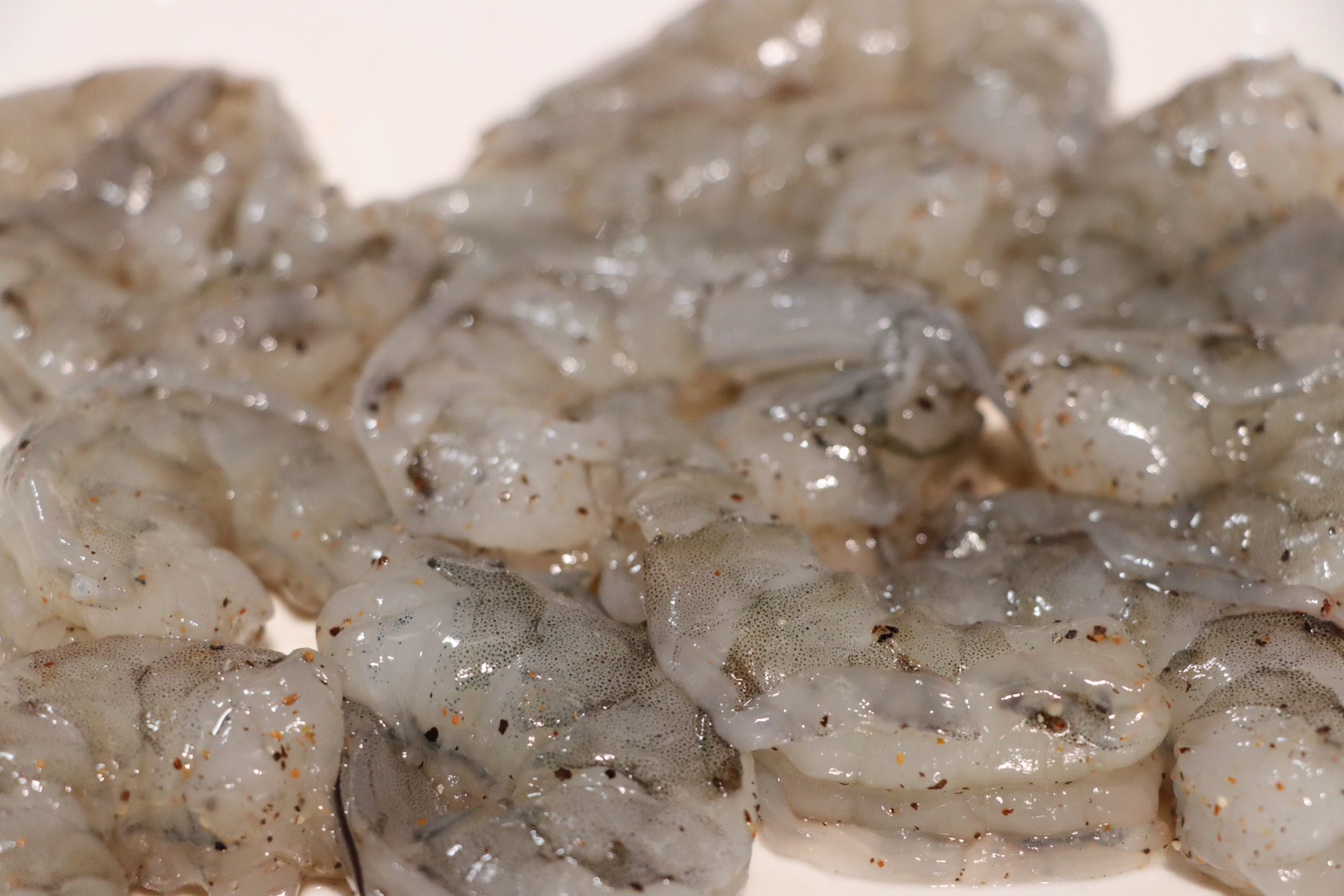
- Frying the shrimp shells: The essence of Risotto lies in cooking the rice in broth to absorb its flavors. So, begin by frying the shrimp shells and heads in olive oil until they turn red. Press the shrimp heads to extract the shrimp paste. Chop half an onion and one piece of garlic, then add them to the pan. Stir in 20g of concentrated tomato paste and 5g of Cajun seasoning (adjust to personal preference). Add 40ml of white wine and cook until the alcohol evaporates. You can also add other spices of your choice at this stage, such as smoked paprika, ginger powder, thyme, rosemary, basil, parsley.
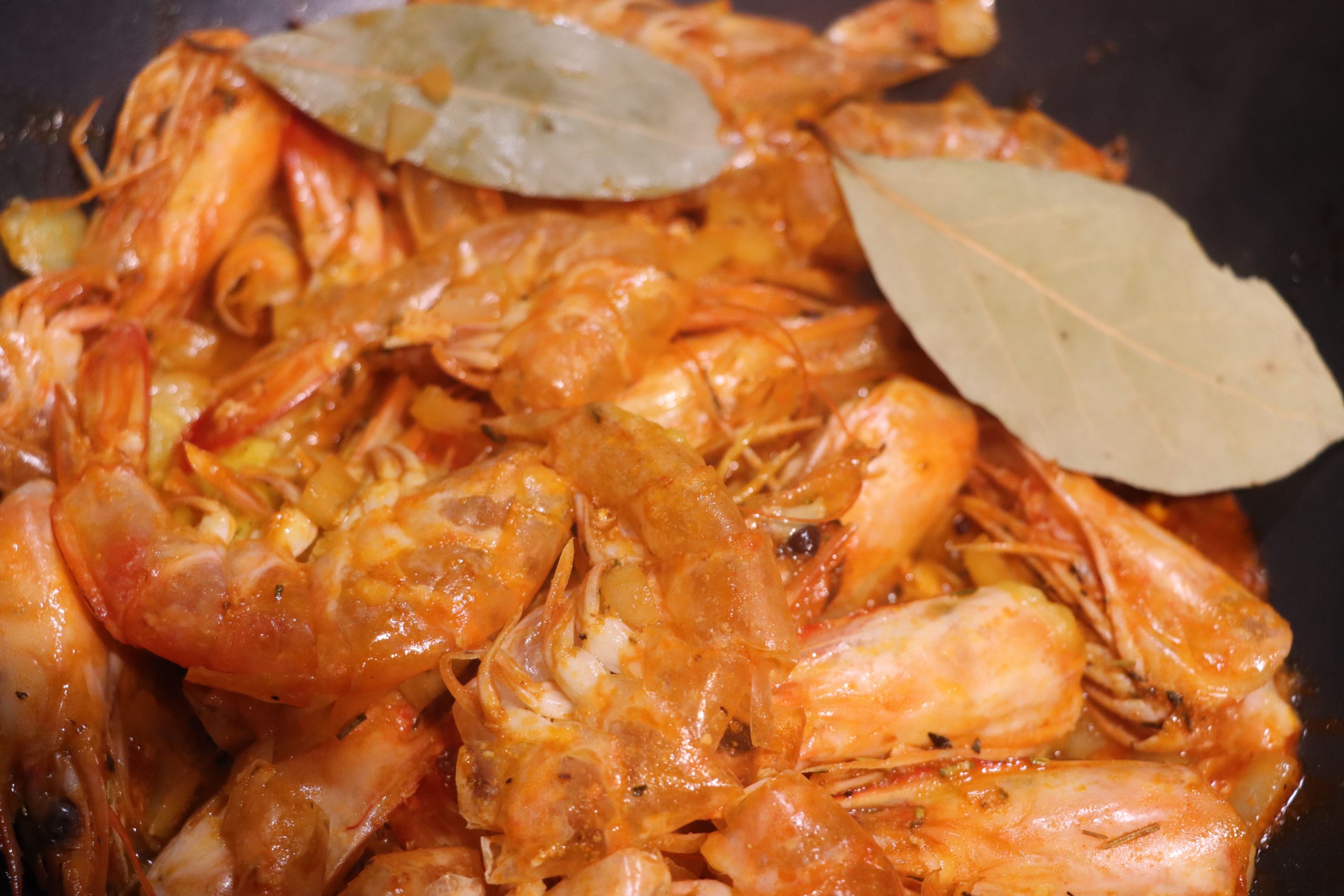
- Simmering the shrimp broth: Add two bay leaves to the toasted shrimp shells, pour in hot water, and start simmering the shrimp broth. This step takes about half an hour. You'll need an amount of hot water five times the ric's weight, for example, if you're using 250g of rice, you'll need 1250g of hot water.

- Frying the sausage: While the shrimp broth is simmering, you can start another pan. Cut the spicy sausage into small pieces and fly them in olive oil. Set them aside for later use. (If you don't have sausage, you can skip this step.)
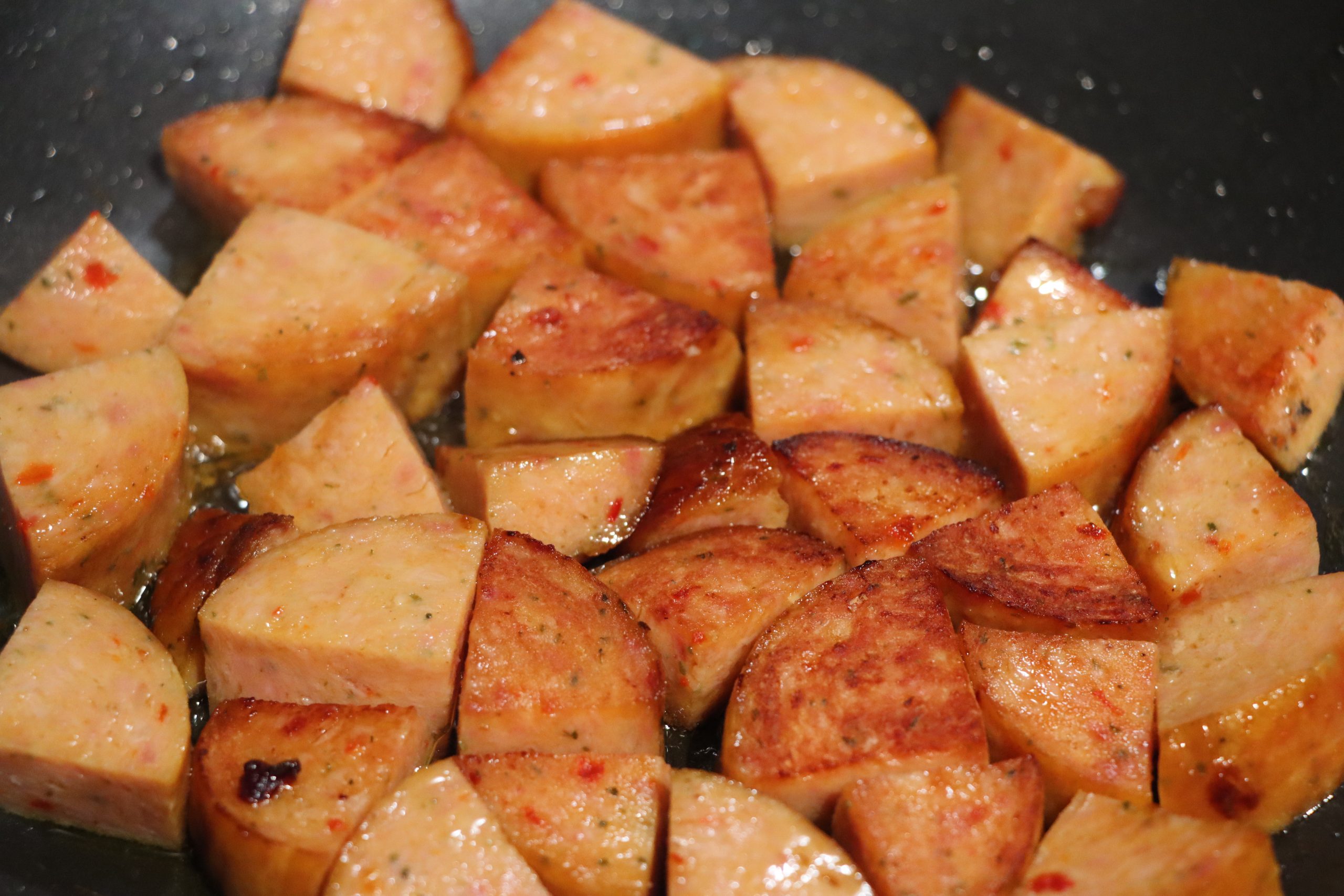
- Frying the spices: Chop one and a half onions and three pieces of garlic, and fry them in the pan used for the sausage. Add 40g of concentrated tomato paste and 10g of Cajun seasoning (adjust to taste). You can also include other spices of your choice, like smoked paprika, ginger powder, thyme, rosemary, basil, parsley.
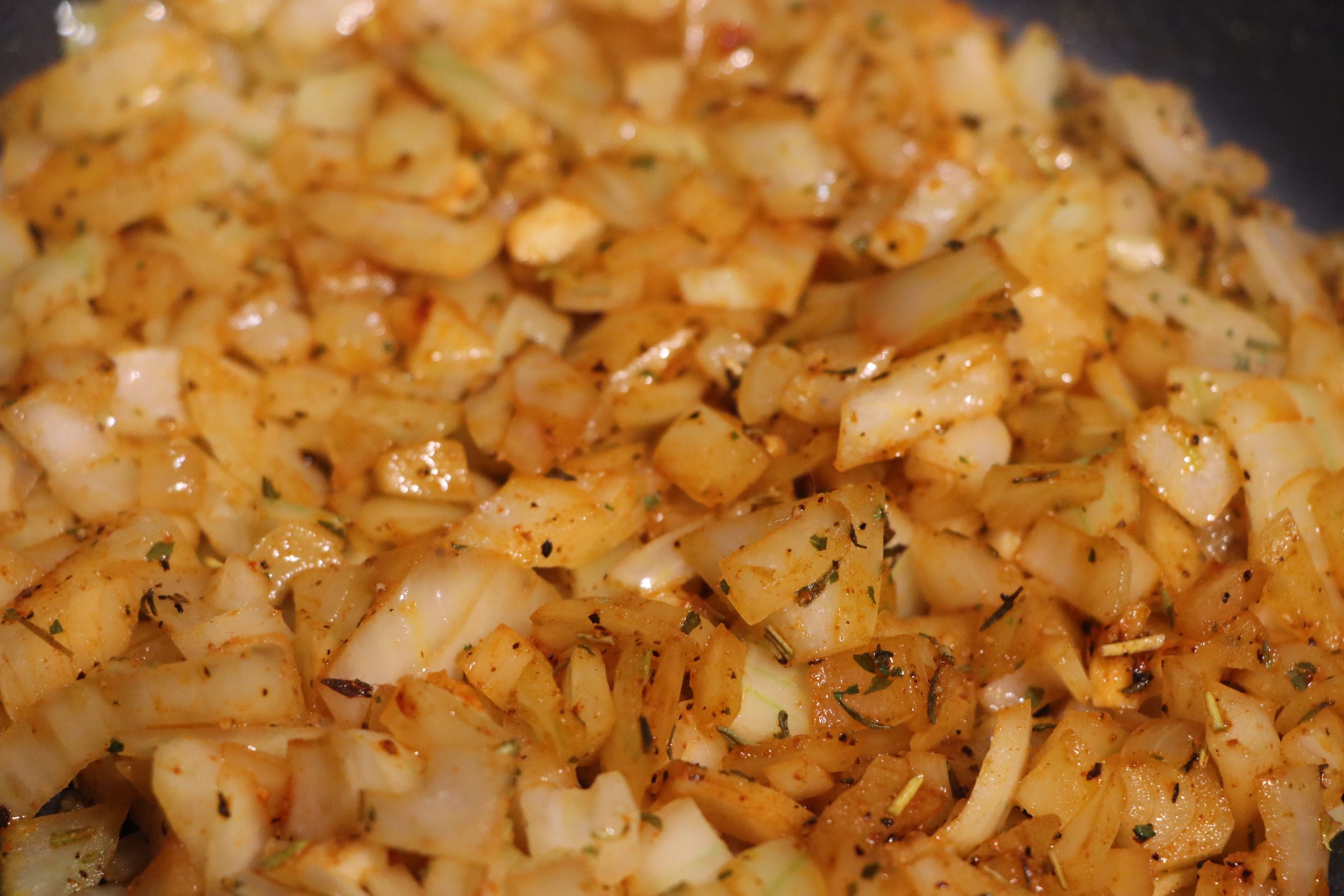
- Straining the shrimp broth: Once the shrimp broth is done simmering, strain it. Keep the shrimp broth warm over low heat. You can include saffron at this point to give the broth a golden color, if desired.
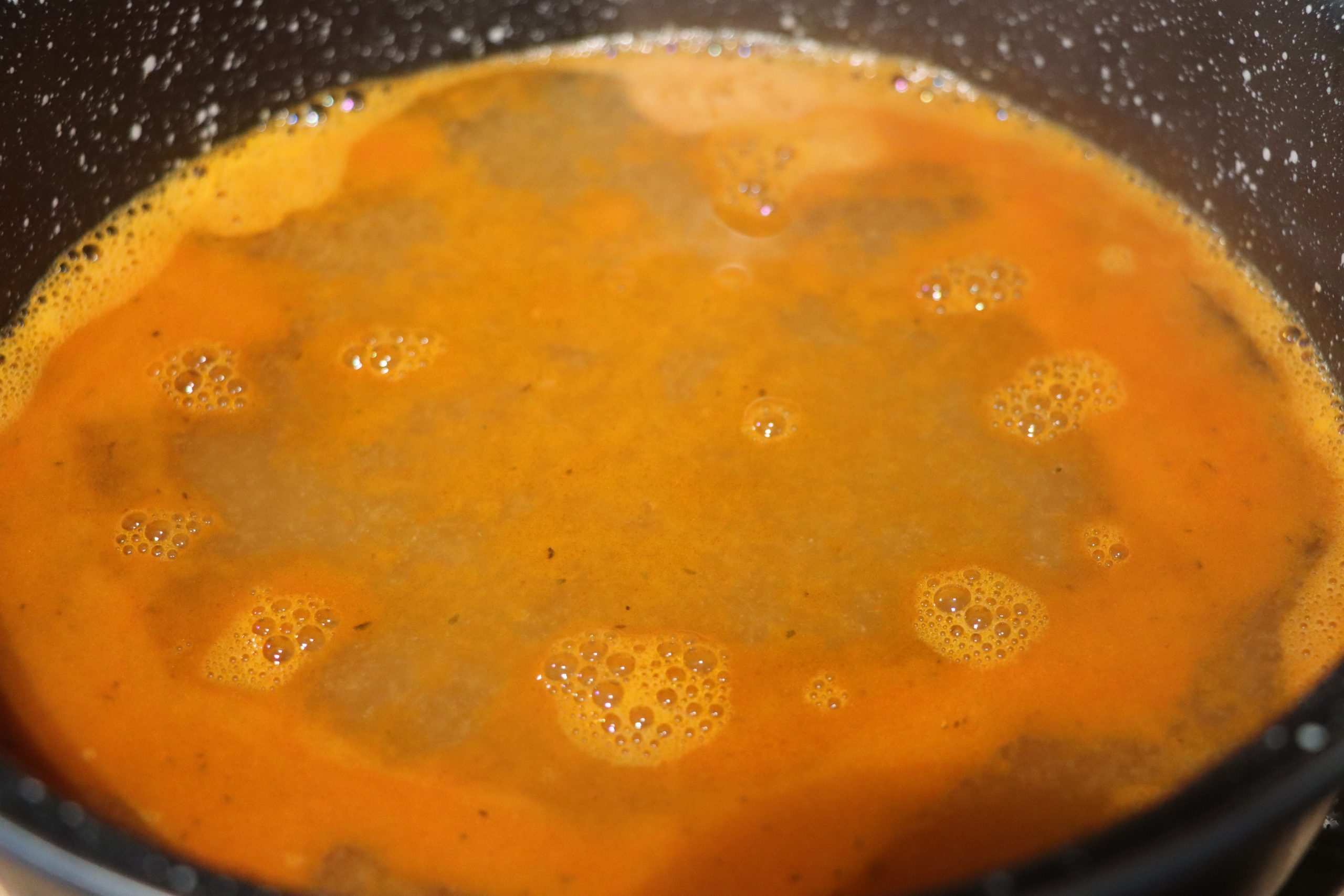
- Cooking the rice: Add the raw rice to the pan with the fried spices. Pour in 40ml of white wine and cook until the alcohol evaporates. Gradually add the shrimp broth to the rice, stirring frequently, until the rice is cooked well.
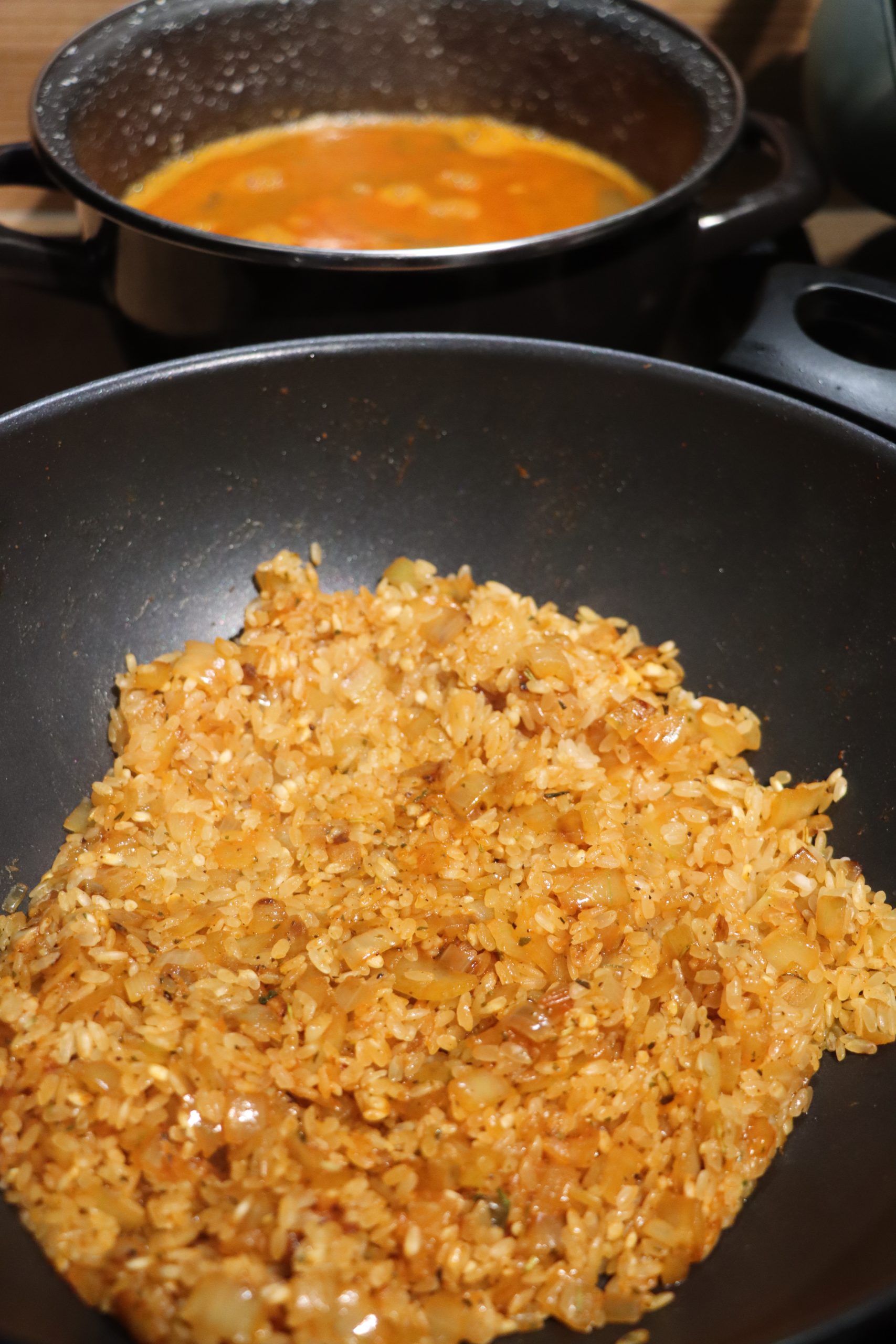
- Adding the shrimp and sausage: When the rice is nearly cooked, add the sausage and shrimp. Continue cooking until both the shrimp and rice are fully cooked.

- Adjusting the seasoning: Finally, season the dish according to your taste with Cajun seasoning, Parmesan cheese, butter, salt, and black pepper. Serve on plates and enjoy!

This Cajun risotto combines the spiciness and rich flavors of Jambalaya with the creamy, velvety texture of risotto, perfectly showcasing the adaptability and multicultural fusion characteristic of Cajun cuisine. While the preparation process may be relatively intricate, the satisfaction is unparalleled.
